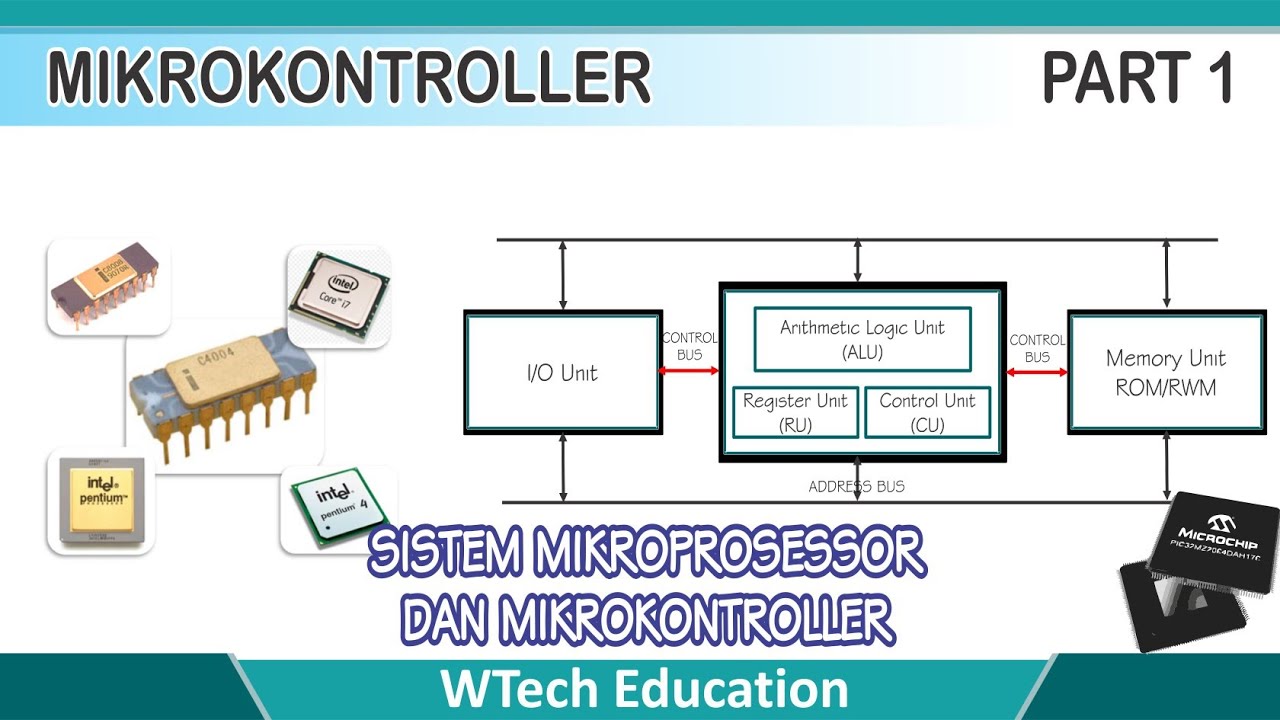A Comprehensive Guide to Wireline and Slickline Equipment in Oil and Gas Operations
Summary
TLDRThis video provides an in-depth introduction to wireline unit parts and their applications in the oil and gas industry. It covers the various types of wirelines, including multiconductor, single conductor, slick line, and braided line, highlighting their uses in well construction, maintenance, and data gathering. The video explores the components of wireline units, different wireline operations such as gauge cutting, fishing, and tubing broaching, as well as specific applications in well intervention, reservoir characterization, and production logging. Emphasis is placed on safety, proper equipment use, and thorough preparation for wireline operations.
Takeaways
- 😀 Wireline units are specialized tools used for conveying strings of tools into and out of wells for subsurface data acquisition and well construction services.
- 😀 Four basic types of wirelines: multiconductor, single conductor, slick line, and braided line, each with distinct applications and specifications.
- 😀 Multiconductor wirelines have multiple conductors that transmit power to downhole equipment and are used primarily in open and cased hole applications.
- 😀 Single conductor wirelines are smaller, can handle pressurized wells, and are mainly used for well construction, production logging, and reservoir production characterization.
- 😀 Slick lines are smooth, single strands of wire used for light well construction and maintenance activities, including mechanical services like gauging and valve manipulation.
- 😀 Wireline units can be skid-mounted or truck-mounted, and both are used for different settings, with the truck-mounted units being more common on land.
- 😀 Slick line equipment must have two tested barriers in place during operations to ensure safety and prevent loss of equipment in the wellbore.
- 😀 Various specialized slick line tools include gauge cutters, blind boxes, impression blocks, magnets, paraffin scratchers, and tubing locators, each serving specific functions during well interventions.
- 😀 Fishing operations involve specialized tools used to retrieve equipment accidentally dropped into the wellbore, such as clamps, grabs, and cutters.
- 😀 Slick line operations require thorough planning and preparation, including checks on well conditions, pressure ratings, flow status, and gas detection equipment.
Q & A
What is the purpose of wireline operations?
-Wireline operations are used for conveying specialized tool strings and associated tools into and out of a well. These tools are used for subsurface data acquisition (geophysical and petrophysical) and well construction services like pipe recovery, perforating, plug setting, well cleaning, and fishing.
What are the four basic types of wirelines?
-The four basic types of wirelines are: multiconductor wireline, single conductor wireline, slick line, and braided line. Each type has specific uses depending on the well conditions and the tasks being performed.
What is the function of a multiconductor wireline?
-A multiconductor wireline is used to transmit power to downhole equipment and to exchange data and commands between the surface and the downhole instrumentation. It is typically used for open and cased hole applications and has several conductors for power and data transmission.
How does a slick line differ from other wirelines?
-A slick line is a smooth, single strand wireline that lacks conductors. It is used for light well construction and maintenance activities, such as valve manipulation and tubing cleaning, unlike other wirelines that are equipped with conductors for data and power transmission.
Why is a gauge cutter used in wireline operations?
-A gauge cutter is used to ensure the tubing is unobstructed before running or pulling a subsurface control tool. It helps to scratch, jar, and cut any obstacles like paraffin or sand that might be blocking the tubing.
What is the purpose of a blind box in wireline operations?
-A blind box is used when heavy downward jarring is required. It helps to tag the top of liquids in the well or move stuck objects, ensuring that no damage is done to the well while removing obstructions.
How does an impression block help in fishing operations?
-An impression block is a lead-filled cylinder that is secured with pins and used in fishing operations. It helps determine the size and shape of the top of the 'fish' (lost equipment), providing insights into the type of tool needed for the next operation.
What is a paraffin scratcher and how does it function?
-A paraffin scratcher is used to clean paraffin deposits from the tubing, nipple profiles, and other parts of the wellbore. It can also be used to remove small pieces of wireline that are lost in the well.
How are slick lines used in well maintenance and intervention?
-Slick lines are used for various well maintenance tasks, including valve manipulation, tubing cleaning, and wellbore obstruction removal. They are essential for setting and retrieving flow control devices and conducting subsurface data gathering.
What considerations must be made when preparing for wireline operations?
-Before performing wireline operations, the physical condition of the well and equipment must be checked, including the pressure ratings, casing hangers, tubing hanger type, and well status (flowing or shut-in). Additionally, the pressure of fluids in the well and the presence of gas detection equipment should be monitored.
Outlines

This section is available to paid users only. Please upgrade to access this part.
Upgrade NowMindmap

This section is available to paid users only. Please upgrade to access this part.
Upgrade NowKeywords

This section is available to paid users only. Please upgrade to access this part.
Upgrade NowHighlights

This section is available to paid users only. Please upgrade to access this part.
Upgrade NowTranscripts

This section is available to paid users only. Please upgrade to access this part.
Upgrade Now5.0 / 5 (0 votes)





